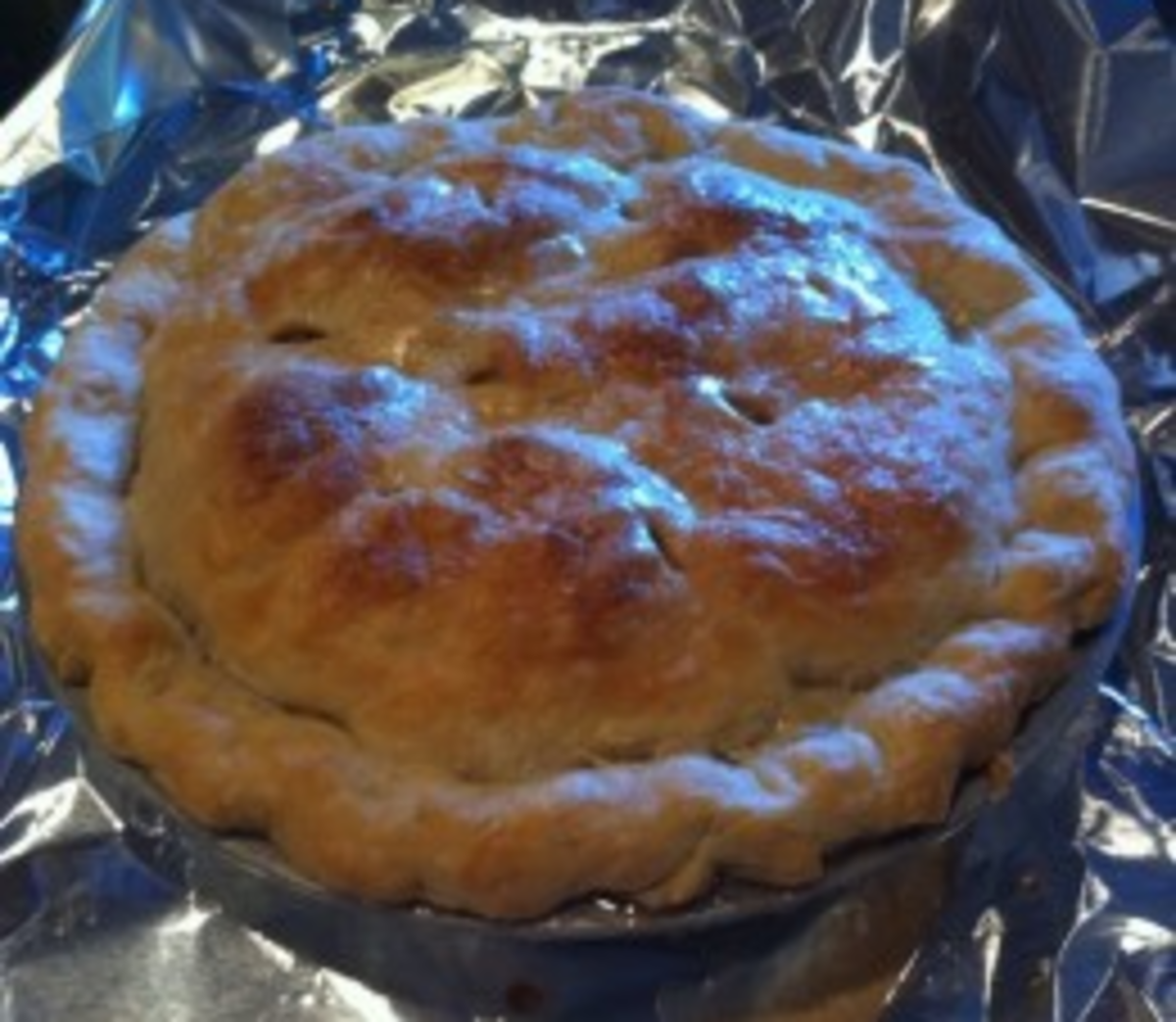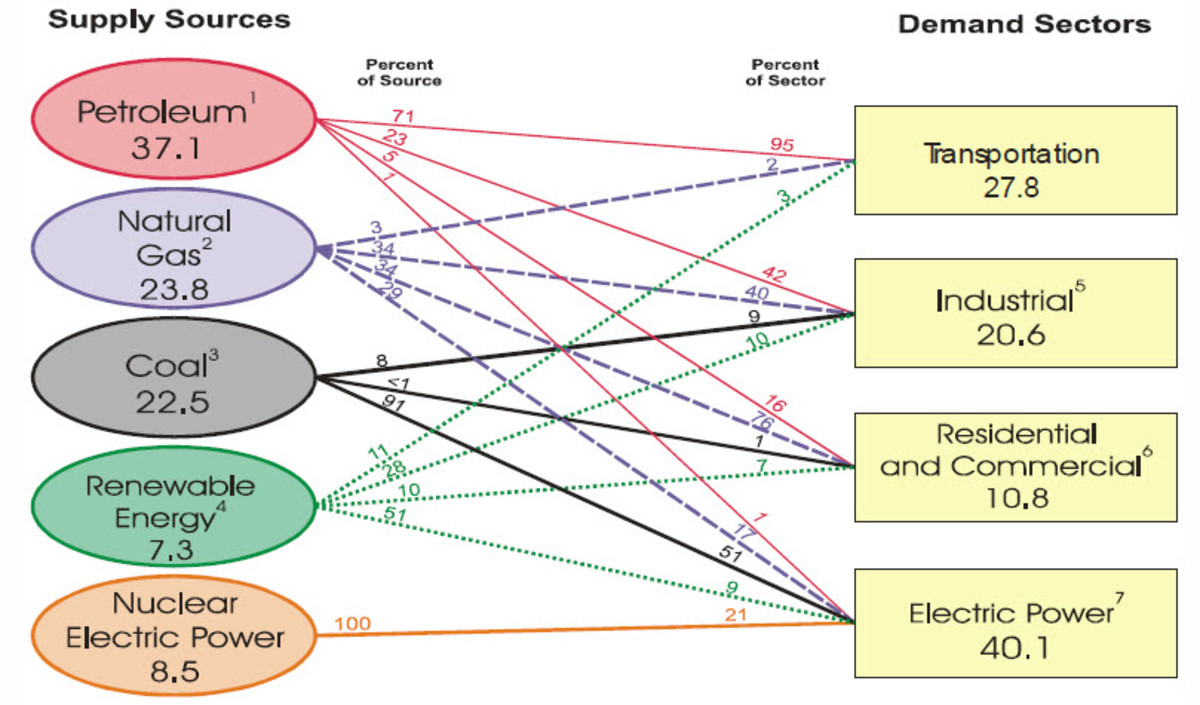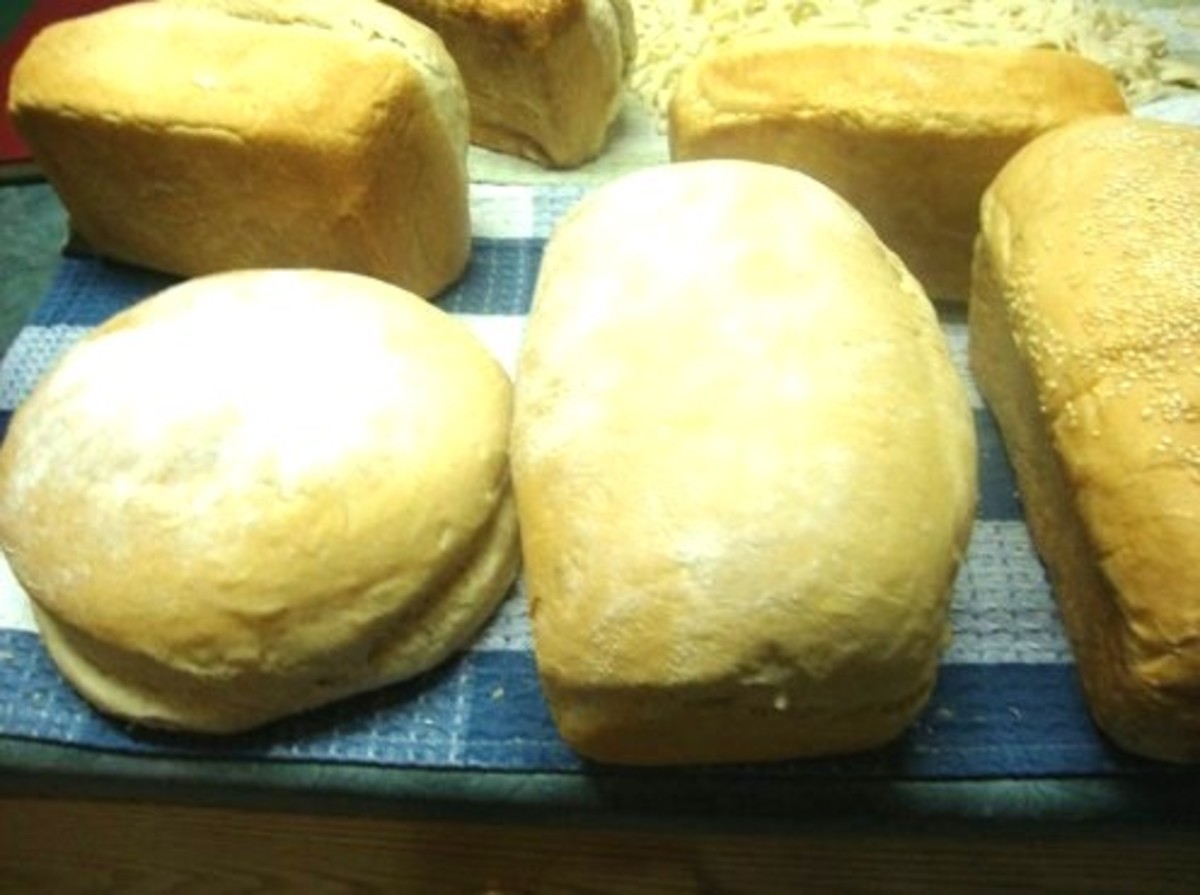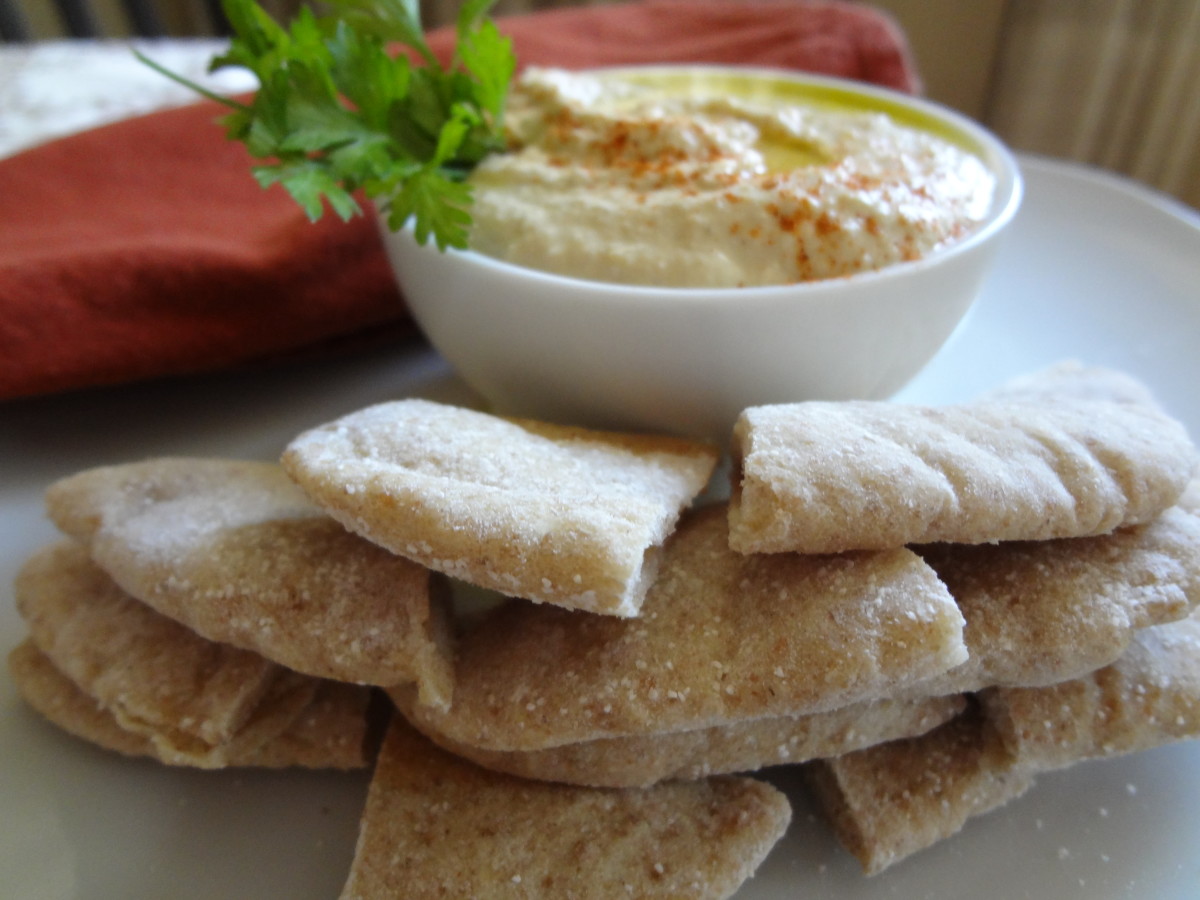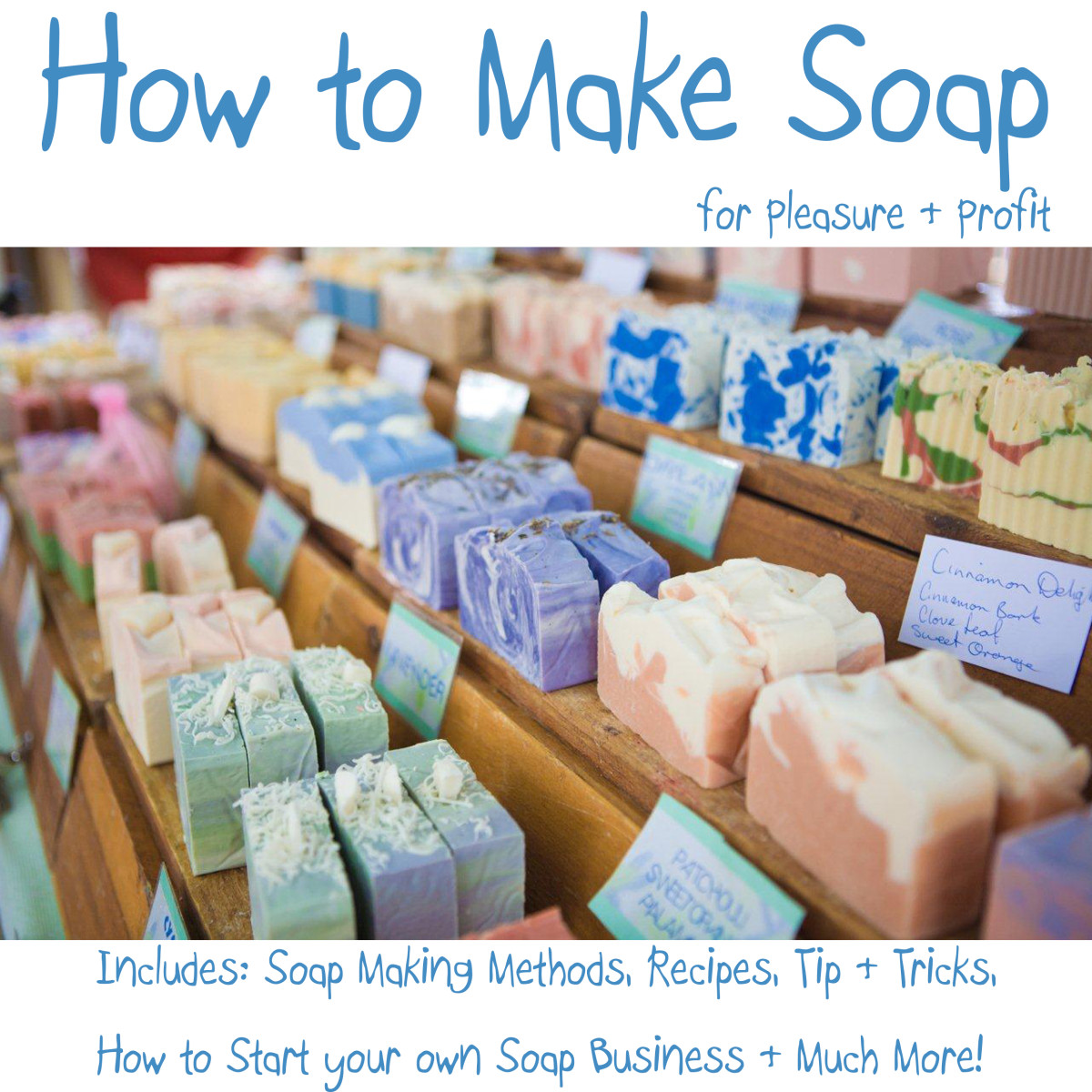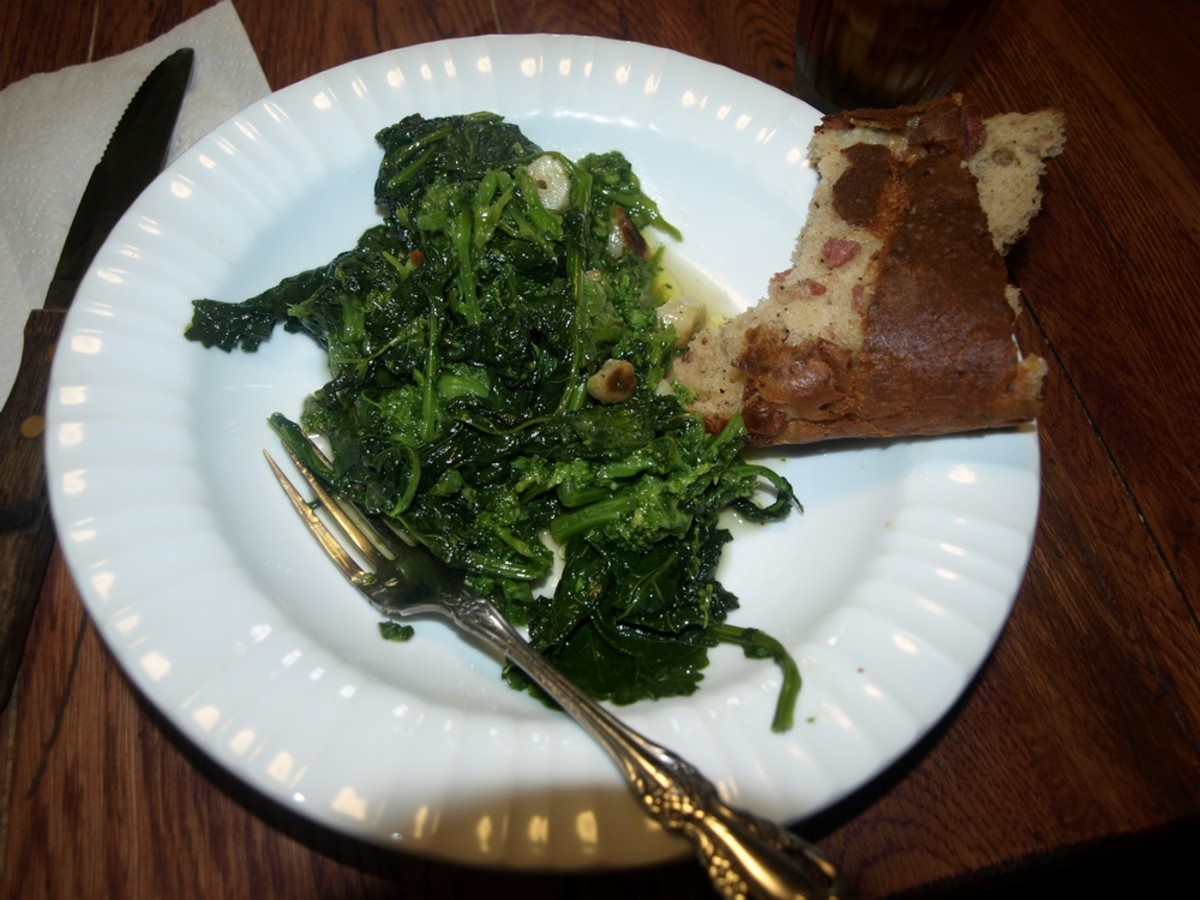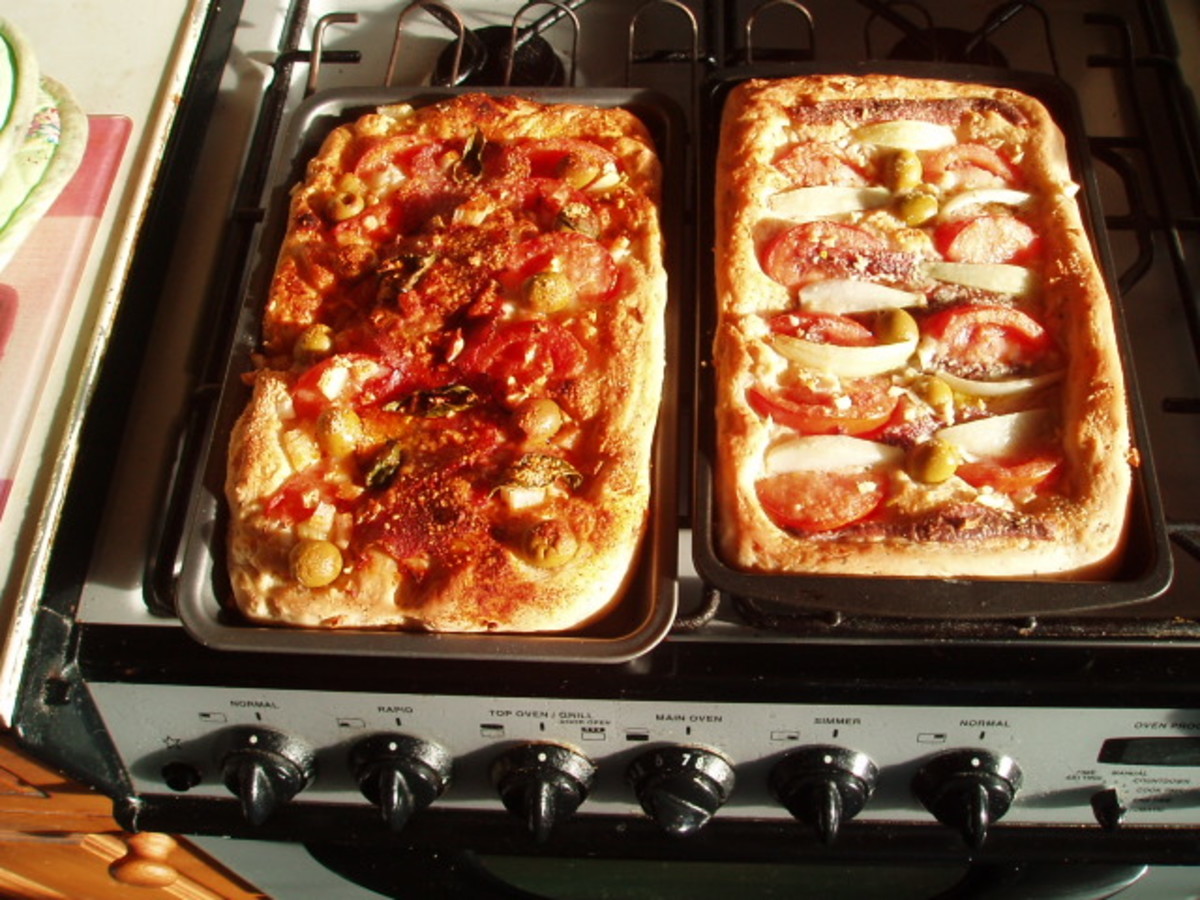Practical Baking Tips - How to Make Your Own Homemade Bread
Why not try making your own bread at home?
Baking your own homemade bread may not always seem as easy as it sounds, but if you’ll try to know and learn the basic methods in bread baking, it will be more likely for you to have a delicious, homemade loaf of bread right in your own oven.
Making your own homemade bread and knowing how to do the different methods of doing so both make a really fun and valuable learning experience. Part of the enjoyment is to make and knead your own dough, a skill that we mostly feel like its something that only a baker can do. Yet there’s nothing more that makes bread taste even better than eating one which you prepared with your own hands.
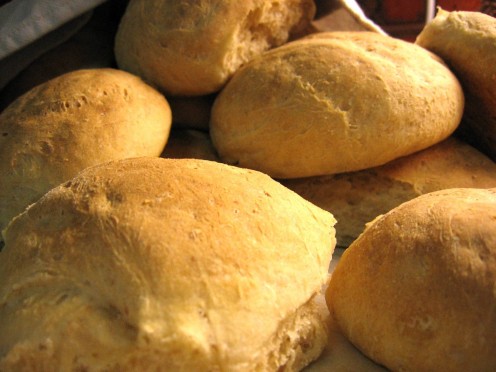
Before you finally get started to indulge yourself into baking, here are a few things that you should need to consider:
- First of all, you should know that baking bread is different from baking cakes, muffins, cookies and other quick breads.
- Bread is a mixture of a few simple ingredients namely flour, water, yeast and salt.
- Yeast is what makes bread different from baking cakes, cookies, etc. because yeast is active and alive - a kind of single-celled (good) fungus which easily reacts to sugars in flour causing it to create a bubbly and airy texture. This process is what makes a wholesome loaf of bread.
Below are some basic bread baking techniques and practical tips to help you get started with your baking:
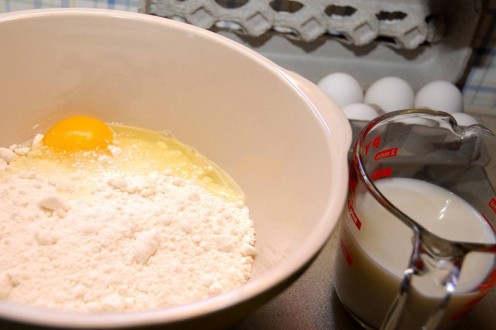
Bread Making / Preparation
- Use only the freshest ingredients as you can find.
- Prefer to use large eggs, unless otherwise your recipe indicates. If you want to lower the fat and cholesterol content in your bread, you may substitute one whole egg by using only two egg whites.
- Since yeast is used to make your bread, you should only use warm or lukewarm liquids to add to the dry ingredients – neither too cold nor too hot. This is due to the fact that cold liquids have the tendency to stop yeast action while an extremely hot liquid can destroy the yeast and will prevent it from rising.
- Using ingredients which are previously stored at room temperature makes a great loaf.
- Measure your ingredients carefully and accurately and always follow the directions on your bread recipe, a one very important aspect in bread baking.
- Use appropriate baking tools for measuring your ingredients. For instance, a dry measuring cup should be used to measure only the dry ingredients. If you need to measure liquids, use only a glass or plastic liquid measuring cup.
- Use a spoon to take flour out of your container and into the measuring cup. To make an accurate measurement of the amount of flour needed, it is best to level the top of the cup with a knife or any other handy flat object. Taking flour by scooping a cup directly from its container can contain more flour than you’re supposed to get and this will lead to inaccurate cup measurement.
Bread Baking Essentials:
Making and Kneading Dough
- Knead your dough just enough to help the flour and other liquid ingredients to blend well. Kneading it too much or too long can tear it or make it taut which can only make unpleasant results after baking.
- After your dough has poofed or almost doubled in size, you should push and punch it down several times with your hand or fist to release the air trapped inside.
- Lightly touch both sides of your dough to determine if its ready for baking in the oven. If the imprint of your fingers remain on the dough, this means that your loaf is ready to go in the oven.
Bread Makers at Low Prices!
Oven Baking
- Carefully follow your recipe’s instructions for preheating the oven as well as for the actual baking time.
- If you’re baking more than one pan in the oven at the same time, make sure to place the pans a few inches apart from each other on the oven rack.
- Oven temperatures may vary, so try checking your bread a few minutes before they are supposedly done. For accuracy, use an oven thermometer.
- If your bread starts to brown excessively, immediately remove them from the oven. Use an aluminum foil to cover the top and put them back into the oven.
- Generally, internal oven temperatures usually ranges between 190°F-205°F which is just perfect for evenly browning baked loaves.
- Bread is usually done when its temperature reaches about 190 degrees F inside.
- Slightly tap the bottom and sides of the loaf after turning bread out of the pan. If it feels hollow inside, the bread is done.
- Immediately after baking, never try to cut off the bread. Let it rest for about 15-20 minutes or longer before cutting to prevent the crust from tearing.
- Cool freshly baked bread on top of a wire rack. This prevents the bread from getting soggy out of the steam emitted from the bottom of the hot pan.
Check Out These Great Bread Keepers:
Tips for Storing Homemade Bread
- Store bread in a cool and dry place. A room temperature of about 20ºC / 68ºF will perfectly do well with almost all types of bread.
- Put bread inside a plastic or paper bag. Depending on the kind of bread, using either plastic bag or paper depends solely on which is available and which works best for you.
- Never store bread inside your refrigerator. This will only draw out the moisture and stales the bread faster.
- There are wide varieties of bread keepers and bread storage boxes available in stores and supermarket these days. These bread keepers are designed to make your bread stay fresh for longer periods. There are also a variety of shapes and designs to choose from to fit in your kitchen.
Enjoy baking!
You Might Also Like:
- Practical Baking & Food Storing Tips: How to Store Dough
Store your left over dough for later use! Think for a while, youre hungry but you want to bake your own bread or pizza, but you dont have enough time to make a dough, isnt that so frustrating? ... - Easy Breakfast Recipe: How to Make Homemade Bread
How does it feel to wake up in the morning with the smell of some freshly baked bread lingering inside your home? Great! Isnt it? Theres just something with it that makes you quickly jump out... - How to Make Kiymali Borek - A Recipe for Turkish Phyllo Pastry With Minced Meat Filling
Brek is a well-loved phyllo pastry in the Turkish cuisine that has over fifty different varieties. It is usually eaten hot during breakfast or as an afternoon tea time snack. One of the many... - Peynirli Pogaca - A Turkish Puff Pastry Filled With Cheese
Poaca, one of the many puff pastries I love to eat for breakfast or as a tea-time snack is a type of dough-based salty puff pastry which has so many diffrerent varieties in terms of filling. Peynirli... - Easy & Healthy Recipe: How to Make Homemade Thin-Crust Pizza
"Healthy Thin-Crust Pizza"Who doesnt love pizza? I guess everyone loves pizza... and I love pizza, too! It's just probably the most convenient and healthy fast food that can easily satisfy a persons... - How to Store and Serve Cheese at Home - Tips on Keeping Your Cheese Fresh and Mold-Free
This article will give you some helpful advice and tips in storing and serving your cheese at home. I always love cheese. From white to blue, hard or soft cheeses I just simply love the taste of...





